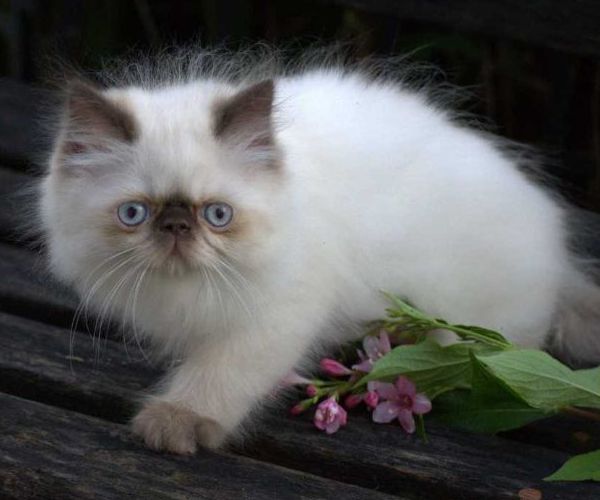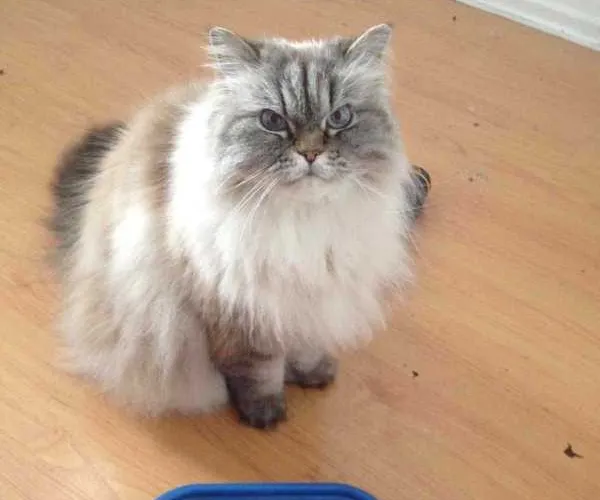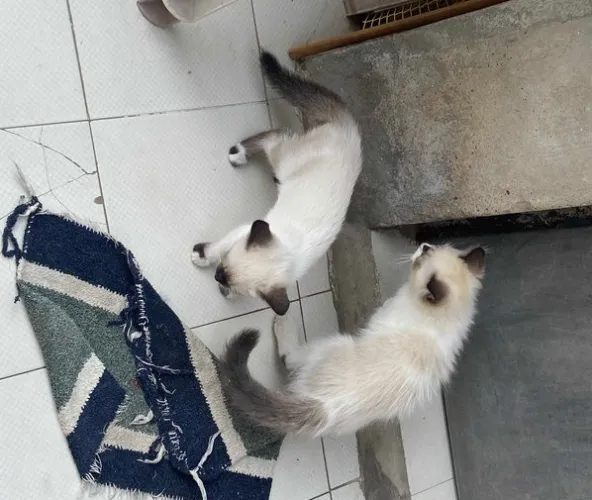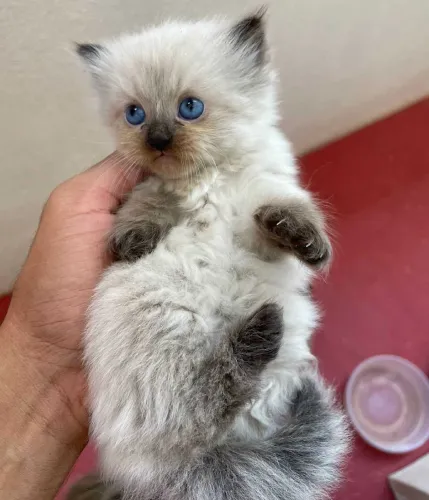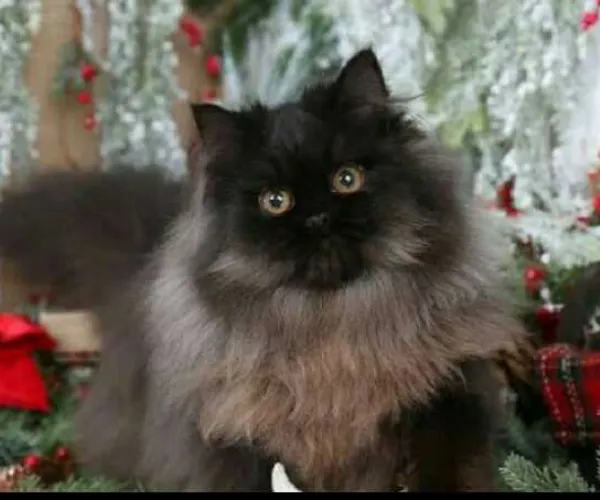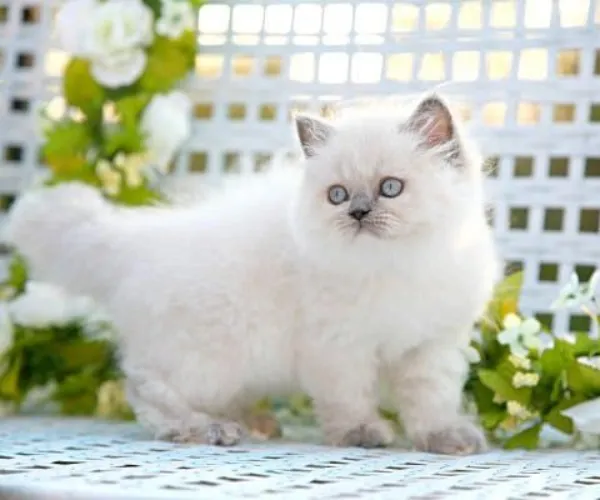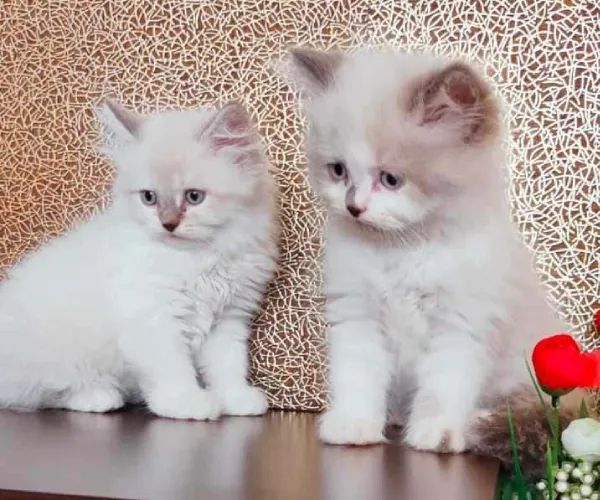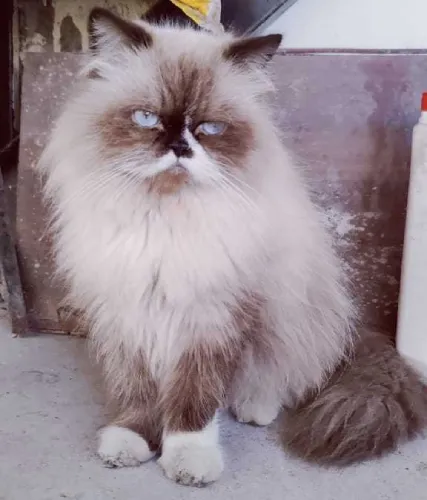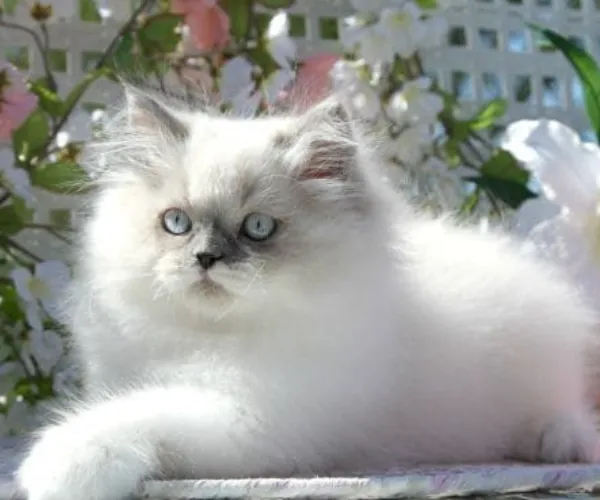Himalayan Cat Introduction
Imagine a cat's masterpiece, one that's awash in bright colors with a background of soft white fur. Meet The Himalayan feline, a stunning mystery with eyes that resemble sapphires and a long lineage engulfed in intrigue royal.
These captivating creatures aren't only Persians with beautiful patterns. Their past is a tale of the ancient temple cats from the Himalayas, which is where they first captured the hearts of humans with their exquisite beauty and gentle disposition. Beyond their stunning beauty lies a persona just as captivating as their past.
The "Persian-Siamese mix" are more than gorgeous faces. They're playful jesters as well as cuddly pet owners. Their soft purrs, as well as playful meows, form a perfect symphony full of awe. Their intelligence shines through their interest and enthusiasm for playing, and their friendly nature makes them great pets for families with kids or pets.
However, being a Himalayan cat isn't just about fluff and expensive. Their lavish coats require a lot of grooming, and their spirited nature can occasionally cause some mischief. If you are willing to accept the challenges, there are no limits to the rewards. A Himalayan cat will soon become your friend, your companion during playtime, and a source of your endless love for purring.
Are you prepared to discover the mysteries of this Himalayan cat? Be prepared to be mesmerized by their stunning eyes, enthralled by their playful disposition, and then taken away by their unending admiration. You are invited to join the gentle world in which beauty and character create a stunning image of the royal cats.
| Origin |
United States |
| Length |
12 to 16 inches |
| Weight |
7 to 12 pounds |
| Lifespan |
Up to 15 years |
| Coat Length |
Long hair |
| Coat Colors |
White to cream |
| Personality |
Sedate, affectionate, gentle, friendly, and intelligent |
| Eye Color |
Blue |
| Hypoallergenic |
No |
Himalayan Cat Price in India
Being the Himalayan feline is just like inviting a live jewel to your home, but this stunning experience is not without a price. If you're considering these beautiful cats, knowing the price of the landscape of India is vital. Himalayan Cat Price in India based on below factors.
Variables and Factors
- Expect a variety: Himalayan cat prices in India can be quite different and can range from INR 50,000 to INR 1,00,000.
- Himalayan Cat Price in India factors: Breed quality, coat patterns, lineage, reputation of the breeder, and the age of the kitten all contribute to the final price.
Cost Breakdown:
- Purebred Himalayan Cat Price in India: The kittens of reputable breeders that have champion bloodlines or desirable coat designs (like blue or chocolate point) may fetch higher prices, often exceeding INR 50,000.
Beyond the Himalayan Cat Price in India:
Be aware that the ownership of a Himalayan cat is a commitment to ongoing costs that go beyond the initial purchase cost. Take into consideration the following extra costs:
- Quality food: They require a balanced diet to preserve their gorgeous fur and overall well-being. You can expect to spend anywhere from INR 1,000 to INR 22,000 each month for food.
- Regular vet visits: Regular checkups, vaccinations, and possible health problems can become a problem. Set aside INR 5,000 - INR 10,000 each year for basic vet services.
- Services and grooming products: Their luxurious fur requires regular brushing and professional grooming. Budget about 500 to 1,000 per month for grooming equipment as well as occasional salon visits.
- Accessories and toys: To keep your Himalayan amused requires providing fun toys and cozy bedding. You should add around 500-INR 1,000 per month to cover the necessities.
Responsible choice:
Before you adopt the Himalayan cat, make sure you're able to meet their needs for the long term. The ownership of a pet can be an ongoing commitment, as is responsible ownership of a pet. Extends beyond the initial cost.
Research and Choose Wisely:
- Look up breeders who are committed to the ethical practices of breeding and animals' well-being.
- Ask questions regarding the kitten's lineage and health history, as well as the temperament, prior to making a choice.
- If you're interested in adopting, think about it if you're willing to offer a pet home and possibly at a lower cost.
